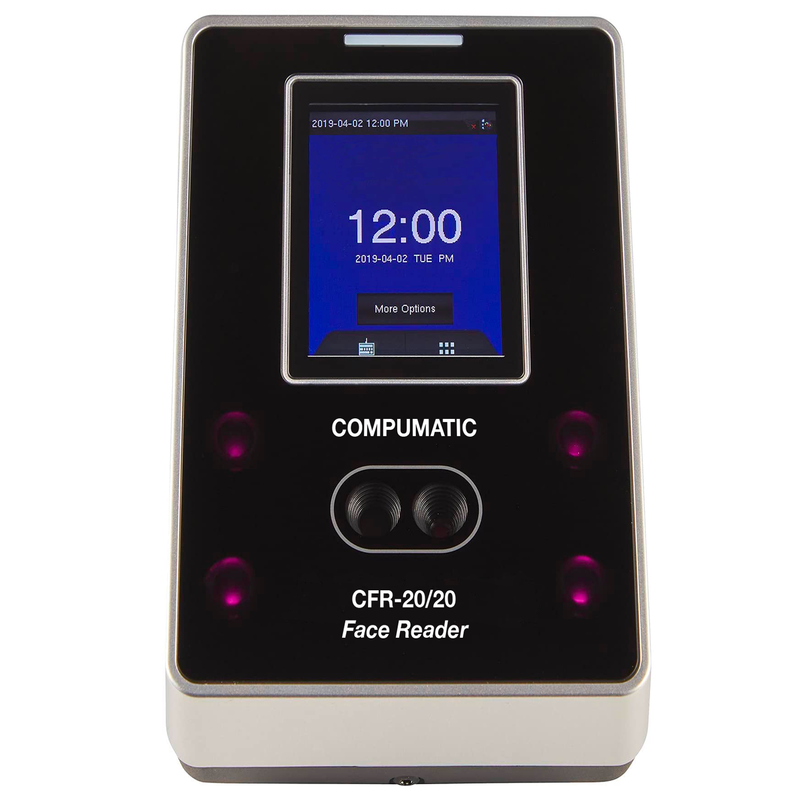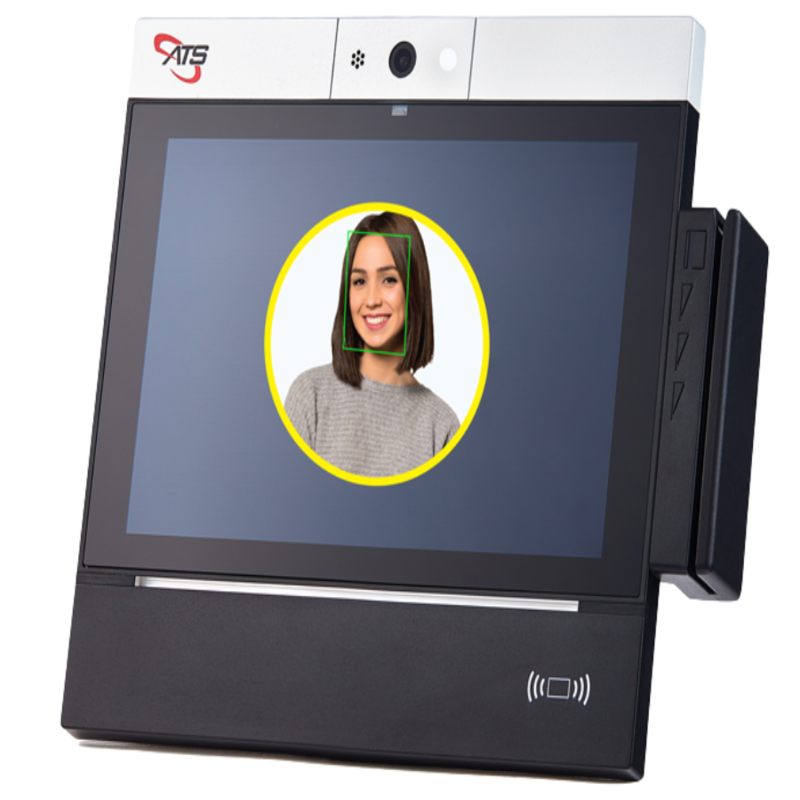Introduction
In recent years, businesses have undergone a transformation in how they manage employee attendance. The traditional punch-in and punch-out systems are often tedious and subject to manipulation. However, facial recognition time clocks have emerged as a promising alternative. This technology leverages biometrics to enhance accuracy in timekeeping. Moreover, these systems improve operational efficiency by reducing manual errors. As enterprises look for ways to streamline operations, facial recognition is becoming increasingly popular. It offers a modern solution to an age-old problem.
Understanding Facial Recognition Technology
Facial recognition technology utilizes advanced algorithms to identify individuals based on their facial features. It captures an image of a person’s face and compares it to a stored database. The process is incredibly fast and efficient. In just seconds, the system can verify an employee’s identity. This speed is crucial for businesses that require timely attendance tracking. Moreover, facial recognition provides a high level of accuracy. Its effectiveness reduces the likelihood of time theft or buddy punching.
How Facial Recognition Works
Facial recognition technology begins by capturing a live image of the individual. This image is then processed to identify unique facial characteristics. Features such as the distance between the eyes or the shape of the jawline are analyzed. The system converts this information into a mathematical representation. Subsequently, it compares the live image against pre-existing data in a database. If a match is found, the employee’s time is recorded.
In addition to capturing images, facial recognition software also employs machine learning algorithms. These algorithms continuously improve the system’s accuracy. They learn from previous data and adjust their calculations. Thus, facial recognition becomes more adept at identifying individuals over time. Businesses can trust that the technology will evolve alongside their workforce.
Advantages of Facial Recognition Over Traditional Systems
Facial recognition time clocks offer several advantages over traditional methods. First, they eliminate the possibility of buddy punching. Employees can no longer clock in for absent colleagues. This transparency ensures that companies are accurately tracking employee hours. Furthermore, the speed of facial recognition enhances productivity. Employees can get through the check-in process without delays. This efficiency can lead to significant time savings for larger organizations.
Secondly, facial recognition enhances workplace safety. In environments that require strict attendance, knowing who is present is critical. In emergencies, identifying individuals quickly can save lives. Facial recognition technology offers an automated method for real-time tracking. Consequently, businesses can account for everyone on-site, improving safety measures.

Implementation Challenges and Considerations
While facial recognition time clocks offer numerous benefits, companies must also consider potential challenges. Data privacy and consent are significant issues. Employees may be concerned about how their biometric data is collected and stored. Companies must ensure compliance with relevant laws and regulations. Transparent policies regarding data use can help alleviate employee concerns. Clear communication is essential in obtaining informed consent.
Managing Employee Concerns
Addressing employee concerns about privacy is vital for successful implementation. First, organizations can educate staff about how the technology works. This education helps demystify the system and builds trust among employees. Furthermore, organizations may offer options to opt-out for those uncomfortable with the technology.
Additionally, companies should implement strong data protection protocols. They need to safeguard biometric data from unauthorized access. Ensuring that data is encrypted and stored securely is essential. This adds an extra layer of assurance for employees. Organizations that prioritize privacy can foster a more trusting work environment.
Costs and ROI Considerations
Implementing facial recognition technology can be expensive upfront. Initial setup costs include purchasing hardware and software, alongside training employees. However, businesses should consider the long-term return on investment (ROI). Enhanced accuracy in attendance tracking can result in substantial savings. These savings stem from reduced labor costs and increased productivity.
Moreover, reduced instances of time theft can significantly impact the company’s bottom line. Organizations that invest in facial recognition may find their ROI justifying initial costs. Analyzing potential savings can help businesses make informed decisions.
The Future of Time-Tracking Technology
As technology evolves, so will time-tracking systems. Facial recognition is just one facet of this transformation. Businesses are already exploring new integrations like mobile apps and IoT devices. These innovations can further streamline the attendance process. Future systems may offer additional features, such as employee performance tracking.
Integration with Other Technologies
Integrating facial recognition systems with other technologies can enhance their capabilities. For instance, combining facial recognition with geolocation features can offer robust tracking. Companies could determine not only who is present but also where they are located. This data can be invaluable for managing remote teams or multiple locations.
Furthermore, real-time analytics could allow businesses to generate attendance reports instantly. Companies may identify patterns or issues efficiently. This information would assist in optimizing workforce management strategies.
The Role of Artificial Intelligence
Artificial intelligence (AI) also plays a significant role in the future of time-tracking technology. AI can analyze vast amounts of data more efficiently than humans. By utilizing AI, facial recognition systems can become smarter and more intuitive. They will adapt to changing circumstances and improve accuracy. For example, AI can learn to recognize employees in various lighting conditions. This adaptability ensures reliable identification, even in challenging environments.
Incorporating AI into facial recognition systems will advance their utility. As a result, organizations can better focus on employee productivity and satisfaction.

Legal and Ethical Considerations
As facial recognition technology becomes ubiquitous, legal and ethical considerations emerge. Governments worldwide are beginning to regulate the use of biometric data. Businesses must remain aware of these evolving regulations. Compliance is not just a legal obligation; it’s also an ethical responsibility.
Staying Compliant with Regulations
Organizations should familiarize themselves with local and international laws governing biometrics. Following regulations like the General Data Protection Regulation (GDPR) is paramount. Compliance ensures that businesses handle biometric data ethically and legally. Non-compliance can lead to severe repercussions, including fines and reputational damage.
Regular audits will help organizations stay updated on compliance requirements. Consulting with legal experts on biometric data management may be beneficial. Being proactive can protect both employees’ rights and corporate reputation.
Ethical Responsibilities to Employees
Beyond legal obligations, businesses have ethical responsibilities towards their employees. Transparency in how facial recognition technology operates is critical. Employees should be informed about what data is collected. They should also be aware of how it will be used. Opting for a transparent approach can foster trust among the workforce.
Additionally, businesses should consider the implications of data retention. How long will the biometric data be stored? What happens to the data when an employee leaves the organization? Being clear about these policies is essential for maintaining ethical standards.

Conclusion: A Balanced Approach to Facial Recognition Time Clocks
In summary, facial recognition time clocks present a modern solution for attendance tracking. They offer numerous benefits, including enhanced accuracy and increased efficiency. However, organizations must carefully weigh the challenges of implementation. Legal compliance and ethical considerations are paramount. Engaging with employees about their concerns will foster trust. Moreover, the integration of future technologies will further enhance time-tracking capabilities.
Embracing facial recognition technology marks a significant step for many businesses. By approaching its implementation thoughtfully, organizations can enjoy its advantages while respecting employee privacy. As innovations continue to reshape the workplace, facial recognition time clocks will likely remain at the forefront of attendance solutions. Building a culture of transparency will ensure that companies harness the benefits of this technology responsibly.


